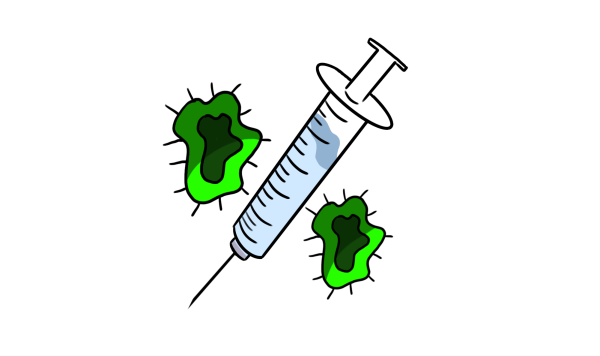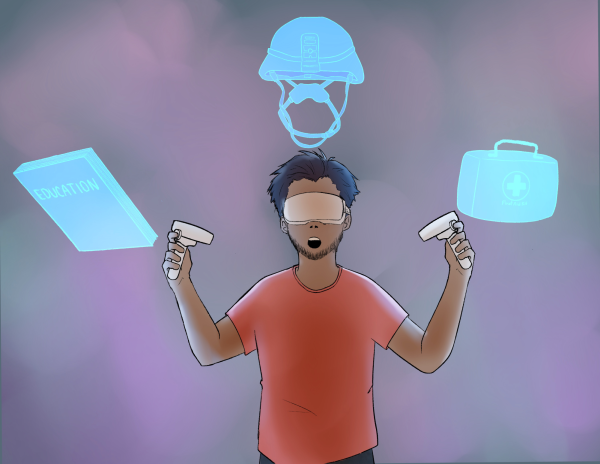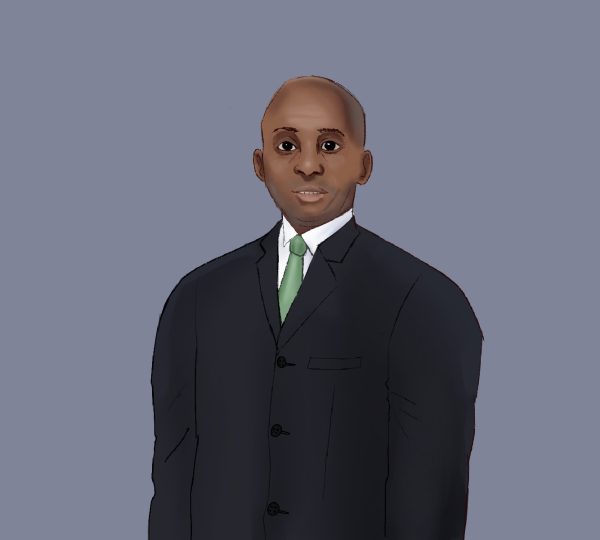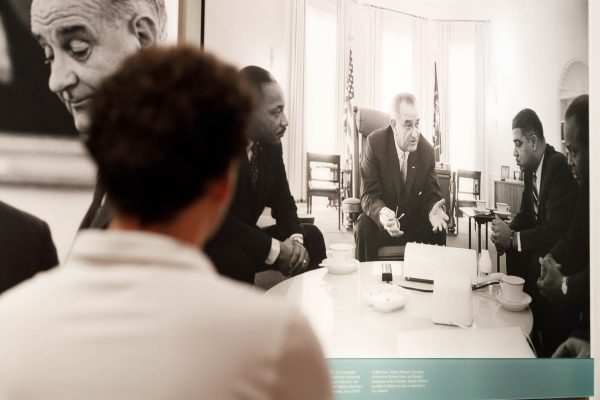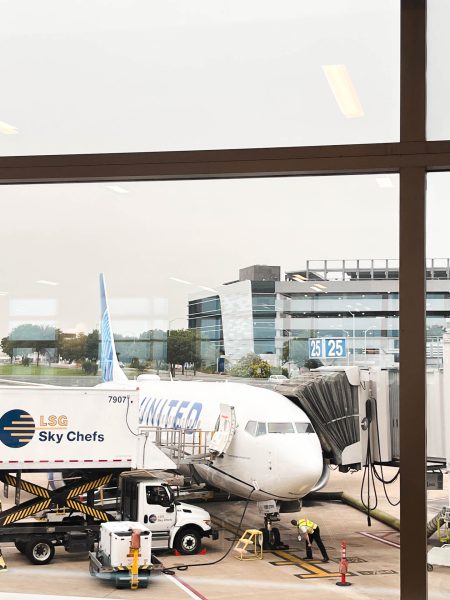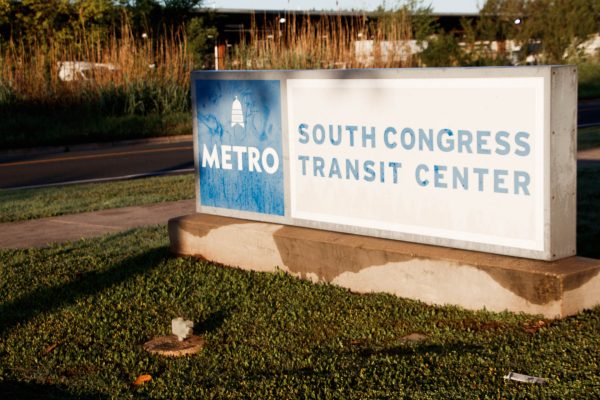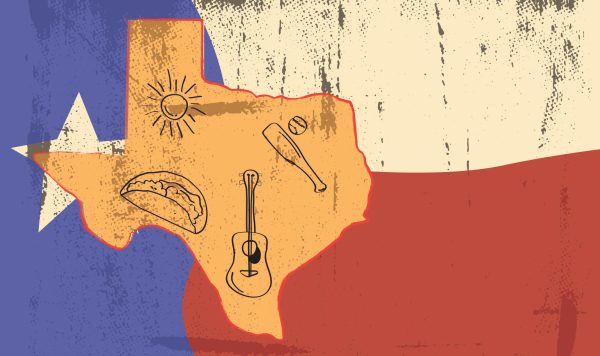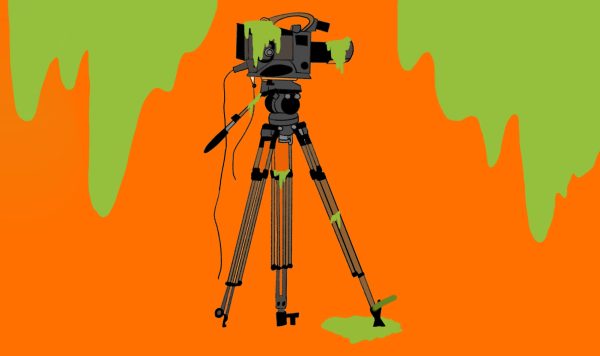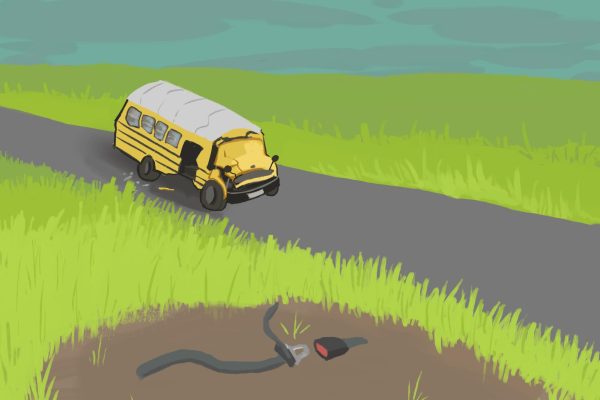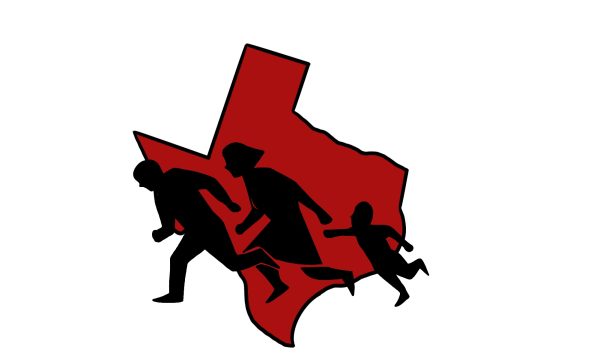Creative Commons encourages originality through sampling
Sampling is a concept that has been around since the early days of funk and hip-hop, with many of the best songs from that era having been sampled at some point.
In more recent years, however, copyrights for sampled works have been harder to come by, especially for independent artists, and the legal ramifications for breaking copyright looms over artists’ heads. If copyright laws were to be revised, especially in terms of sampling, it could lead to more original and creative works and possibly help relieve some of the antagonistic feelings many people have toward the music industry.
The process of obtaining copyright licenses is a long and drawn out process. Australian group The Avalanches featured nearly 3,500 samples on their 2000 debut album, “Since I Left You,” using everything from spoken lines in movies to deep cuts from lesser-known albums to Madonna. The liner notes for the album contain several copyright acknowledgements. The band has yet to release a follow-up, though they have been working on clearing samples since 2009.
Many major labels have the financial resources to pay the fees for using a sample and can afford to give a portion of the royalties to the original artist. However, independent groups like The Avalanches or artists who are just starting out are at a disadvantage. They may not have the money to clear samples. If copyright laws were to be changed to the point where the process was easier and fewer royalties had to be paid to the original artists, more artists would be able to sample other works to create something inventive and exciting.
One possible form of more open copyright laws already exists. In November 2004, the Beastie Boys graced the cover of Wired Magazine alongside the title “Fight For Your Right To Copy: The Free Music Revolution Gets Real.” Packaged with the issue was a CD full of music, with songs from the Beastie Boys, Spoon and David Byrne, among others, which gave people permission to do with the songs what they pleased.
All of the artists allowed you to swap songs with others over the Internet without fear of retaliation. Thirteen out of 16 artists gave users permission to use the songs as samples in their own work. They allowed users to sell these songs as their own, as long as the end result was “highly transformative” of the original and as long as songs were not used in commercials.
The article, and the concept behind it, was a huge victory for Creative Commons, a non-profit organization that pushes for the legalization of sampling and building upon existing creative works. If more artists were to follow in these footsteps and subject their work to Creative Commons licenses, which combine different copyright licenses to remove barriers, the possibilities would be practically limitless.
Another possible effect of revising copyright laws is that it may help to people to reevaluate the negative image of the music industry. Sampling is one method of artistic expression that corporate executives are exceedingly harsh on, giving off the idea that they are ready to pounce on anyone who uses someone else’s work to bolster their own. If laws were to be changed, however, people may see the industry as more open to the sharing of ideas and more accepting of the notion of reinterpretation, which may actually help in the long run.
This is not to suggest that we get rid of intellectual property rights. If someone samples a work without attributing the original artist or uses it improperly, they should still be punished by copyright law.
However, if laws were to be revised to make it more accessible for artists to use other’s work in a constructive way, it can both help the music industry reshape its image and bring about more creative uses of the original source. This would give fans and artists new avenues of interpretation. Through the use of Creative Commons and future revisions of copyright laws, sampling can return to its proper place as a vital source of inspiration for musicians everywhere.


